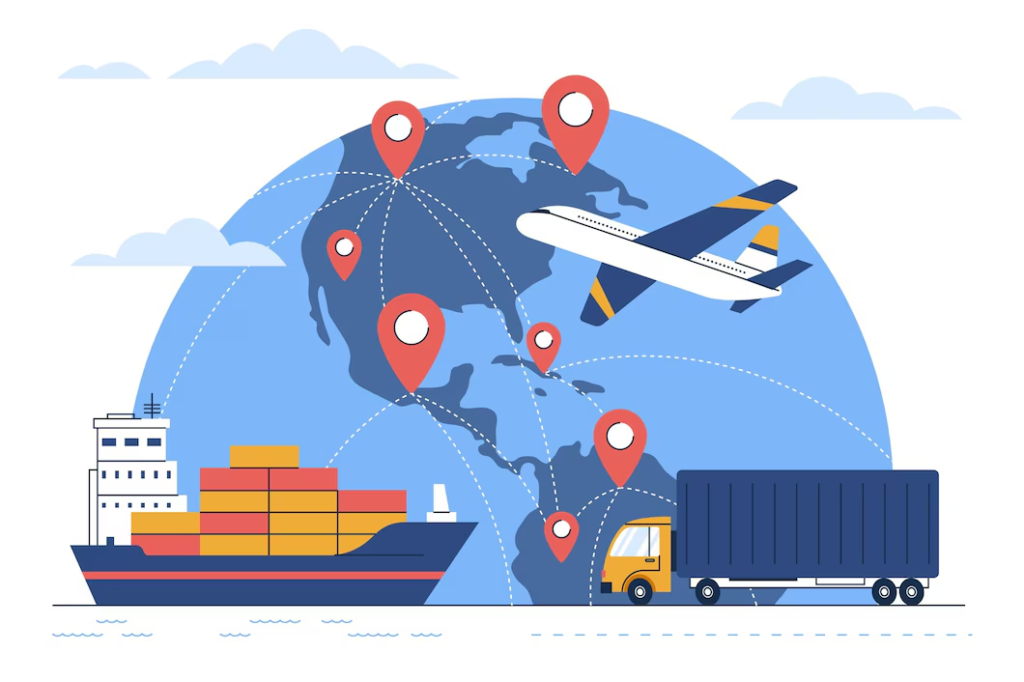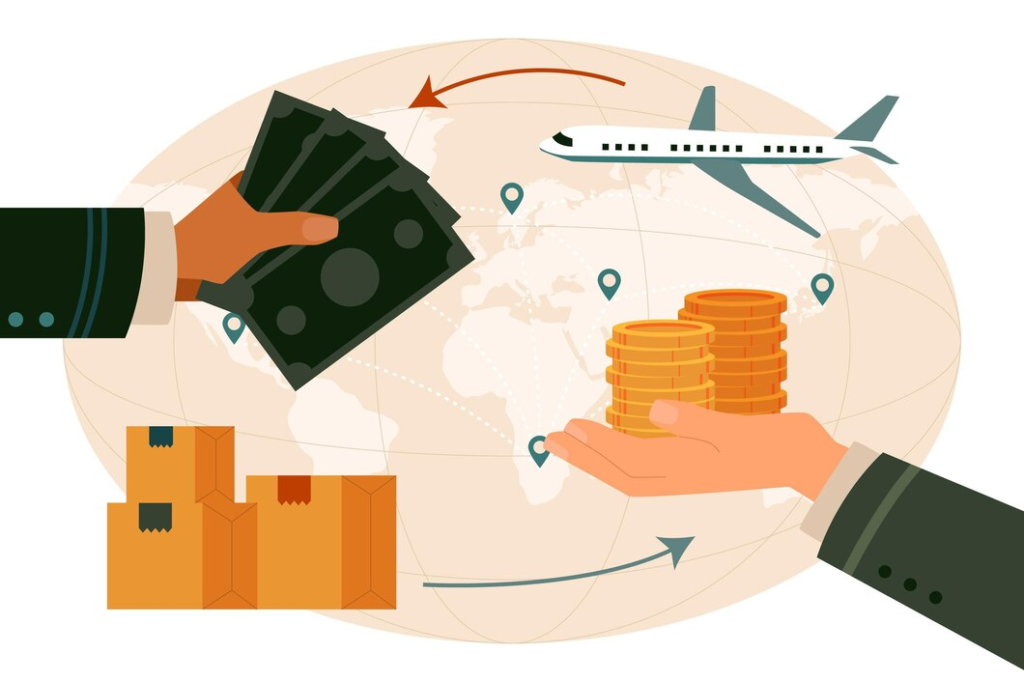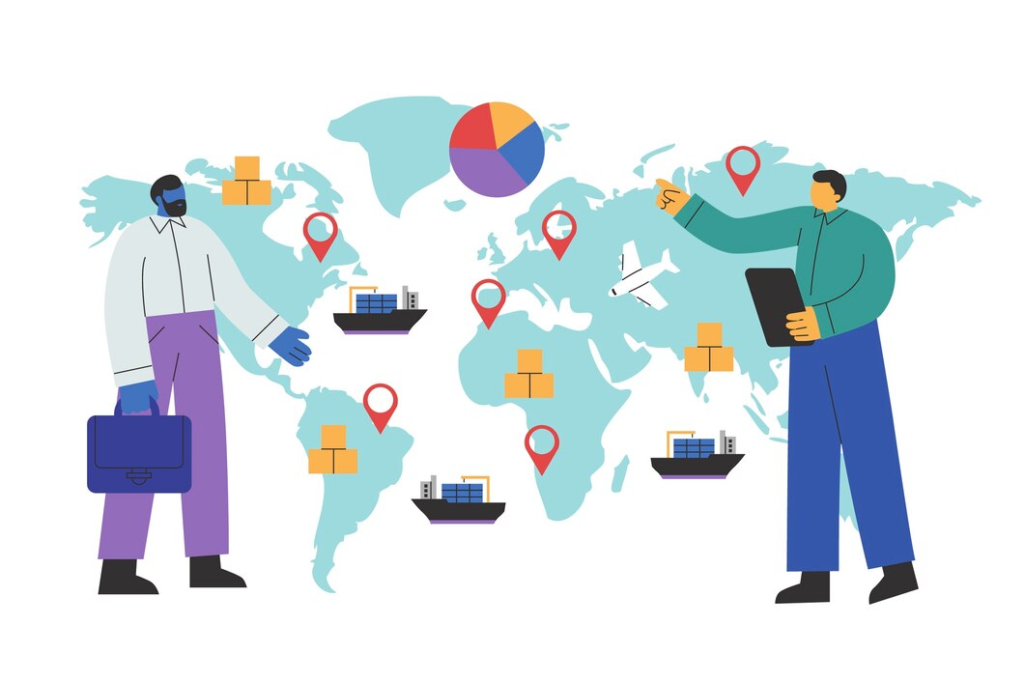Challenges exist in such a great number in the world economy, standing against which businesses have to face a lot when engaging in international trade. Tariffs, regulatory compliance, fluctuating exchange rates, and cultural differences can impose very sizable barriers to entry and expansion.
More often than not, these challenges are coupled with increased costs, delayed transactions, and complex logistics. For SMEs, this will obviously be very tough without sufficient resources or know-how, thus hindering their competitive potential in the global market place.
It is in response to these challenges that international trade platforms have been tailored to provide comprehensive tools and services to help cross-border commerce. The international trade platforms encompass a myriad of solutions on trade finance, logistics management, regulatory compliance, and market intelligence. In this vein, international trade platforms can simplify the complexity of global trade, offering accessibility and efficiency to each size of business through technology and strategic collaboration.
Strong, in particular, are international trade platforms in help businesses overcome barriers to global commerce. For example, on the part of trade finance solutions, capital is made available to enterprises for cash flow management and mitigation of risks associated with international transactions.
Logistics management tools provide the ability to efficiently track and coordinate shipments, reducing delays and associated costs. Finally, regulatory compliance services keep businesses within the bounds of the law, meeting all of the manifold legal requirements of the various markets in which they operate, minimizing the risk of fines and sanctions.

Moreover, businesses using market intelligence tools derive very key insights about global trends, competitive landscapes, and consumer preferences. This information is relevant in making decisions related to market entry, product adaptation, and strategic investments. SMEs therefore move on equal ground with large companies in terms of resources and capabilities, hence increasing their competitive edge.
In essence, this means the platforms of international trade become a very vital determinant of global commerce by giving businesses the means and aids to keep handling the dynamics of international trade. There are reductions in both costs and risks, but also provisions of ways and means for the extension of market reach for gaining sustainable growth in the global marketplace.
Every day, a network of ships, trucks, and planes around the world moves vast quantities of goods. Your car could have been manufactured in South Korea, or your T-shirt could have been sewn in Bangladesh. All countries export products and services, which in turn, brings goods and services into the country in return from foreign trading partners. These goods can either be in manufactured items like electronic goods or even agricultural commodities like wheat and soybeans. Services—including a very dynamic and growing part of trade—are all the intangible goods: advertising or telecommunication.
Move Away from Mercantilism Toward Comparative Advantage
Before the 19th century, many European countries tried to be self-sufficient through a system known as mercantilism. Mercantilism strove to maximize exports, minimize imports, and augment the supply of gold within the country; it resulted in strict tariffs on imports to avoid bringing in goods from abroad. Барriers were created to international trade, forcing countries to produce on their own as much as possible, even those things they could not make efficiently.
At the end of the 18th century, classical economists opposed these ideas by coming up with suggestions that societies should trade with one another to be more successful because of comparative advantage—the idea that everybody gains when countries make things at which they are relatively good and import the rest.
This is known as specialization. When countries are not wasting time and resources on producing textiles or wine, they have time to innovate and develop entirely new products. Classical economists said it was counterproductive to justify a country’s power by how much gold it could amass.

Measuring Economic Success by GDP
Today, the bench on which countries are judged is productivity—the ability to generate the most value from limited resources also referred to as Gross Domestic Product, or GDP. GDP adds up the value of all final goods and services produced within a country in one year. These are the resources of every nation: human, physical, technological, and financial. Each country specializes in what it is best known for. Like how Costa Rica dominates the export of pineapples and coffee, Germany exports millions of vehicles and computers.
Well, with these new ideas came world trade. The means of calculating GDP, not just gold, boosted trade and grew economies. Improvements in transport and travel meant that distant markets were opened up. Huge container ships, freight aircraft and cheap, instant communications linked the world’s producers with millions of new consumers.
The Role of the World Trade Organization
In the aftermath of World War II, the newly formed United Nations created the General Agreement on Tariffs and Trade, better known as GATT, which drastically lowered trade barriers and set standards for free trade. GATT became known as the World Trade Organization (WTO) in 1995, further serving to remove barriers and broaden the definition of trade to include services in addition to goods. The WTO established regulations on intellectual property, such as copyright or patents, and acts as a forum where countries can legislate trading rules and settle disputes.
Comparative Advantage and Global Trade Challenges
Comparative advantage holds that a country is not going to be successful if it cannot sell a quality product at a reasonable price, or if new technology renders a business noncompetitive. For that country, its economy would have to readjust around something at which it can be comparatively good. Welcome to international trade. But some countries, some industries, are accused of getting around these rules—and the WTO tries to fight these abuses.
For instance, labor unions in the United States claim that the WTO does little to stop the erosion of U.S. wages arising from unfair trade practices in China. Poor countries argue that the WTO rules do not take into account their special circumstances: farm subsidies obtainable from rich governments make it tough for sellers from poor countries to export their crops. These problems are hard to resolve because any revision of WTO rules requires an agreement from all its 164 member nations.

Regional Trading Agreements and Their Consequences
Third, some countries tailor bilateral and regional trade agreements to their specific needs and strategies in trade. In 1994, NAFTA was tailor-made as a free trade deal that could ease more trade among the United States, Mexico, and Canada. NAFTA became the template for other nations to carve out similar agreements. From 1990 to 2015, world trade volume more than quintupled from roughly $3.5 trillion to $19 trillion.
Benefits and Challenges of International Trade
International trade has created an interdependent world economy that gives more people in the world access to a surplus of goods and services at reduced prices and of good quality. It has created millions of jobs and increased international linkages, thereby creating global stability. But sometimes, it injures people, companies, and communities in which imports drive out local firms that cannot compete with better or cheaper goods coming from somewhere else. Trade inevitably creates winners and losers, yet it cannot be separated from modern life.
Supporting Unadvantaged Workers
The challenge for policymakers is thus to provide support and training for new jobs for those who have become disadvantaged by international trade, so that all benefit from a system which offers more choice to consumers yet provides more work for producers across the globe.
